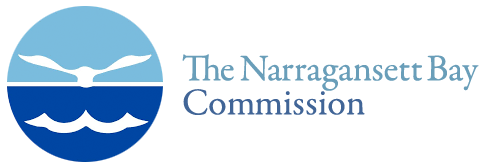September 11, 2024
Water column profiles were conducted at seven locations in the Providence and Seekonk River estuaries on September 11, 2024 using a Seabird Electronics profiler. In the five days leading up to the survey, 0.02 inches of precipitation were recorded at T.F. Green. Water column stratification at the sites varied from well-mixed at Edgewood Yacht Club and Point Street Bridge, to moderately stratified at Phillipsdale Landing.
Dissolved oxygen (DO) conditions were below the hypoxia threshold (2.9 mg/L) in the lower portion of the water column at Edgewood Yacht Club, and in the middle and lower portions of the water column at Phillipsdale Landing. The highest fluorescence readings for the week were measured around 1 meter below the surface at Phillipsdale Landing.




